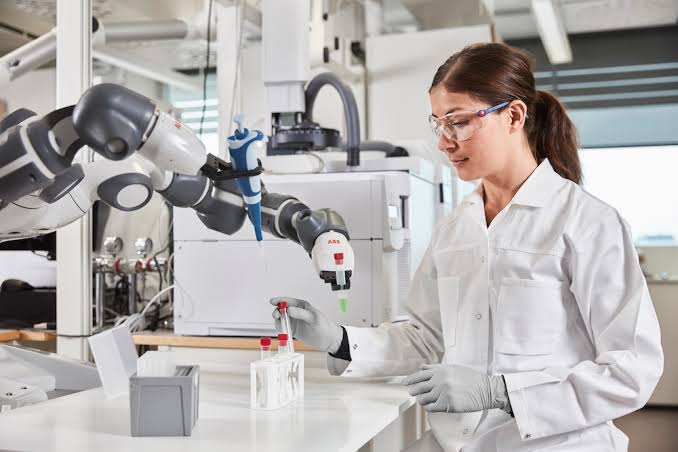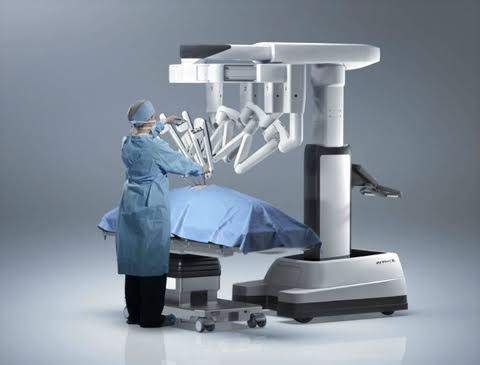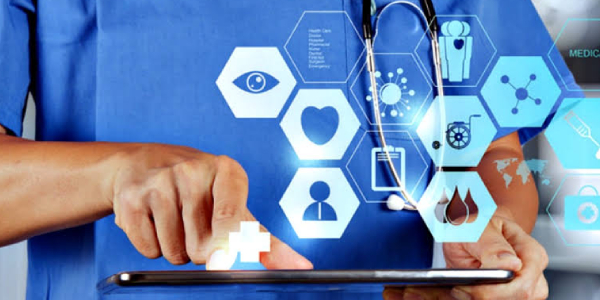Medicine and Technology- The Symbiotic Link
The Vital Nexus Of The Digital World And Healthcare
It is a strange fact that unless there is a medical emergency, we hardly sit up and take notice of how technology has embedded itself in the medical world. Unless, of course, if one’s job is in the very field itself. For the common man, we are less exposed to the remarkable ways in which technology has simplified and enhanced the methodologies of medicine. Right from the digital thermometer that checks body temperature to the latest cobots that assist in intricate surgeries, technological improvements have drastically changed the quality of life. The research that goes into facilitating technology to work wonders in the medical arena is humungous. Researchers and scientists are continually working to enable unsustainable healthcare systems into sustainable ones. Technology is being pitted in battles against diseases like cancer, AIDS, and constantly mutating deadly viruses. Emerging technologies and trends are opening up better avenues for healthcare and instilling hope in its consumers and providers.Check Out The Recent Article – https://www.whatech.com/market-research/medical/633030-healthcare-robotics-market-industry-analysis-size-share-growth-trends-and-forecast-2019-2025
Digitizing Healthcare: The Beneficial Impacts
The trend of adopting technically sophisticated medical procedures has been in practice for quite some time. Oh yes, we are well-aware of how mounds of patient data are being fed into the latest computer systems for any-time reference. At some point in our lives, we might’ve undergone an occasional scan and witnessed first-hand the click and whirr of the mighty MRI scanning device. But what are the other endless possibilities that technology has to offer?

Cobot- A Surgeon’s Best Friend
The word “Cobot” is simply a short-form of “Collaborative robot.” True to the term, these robots are not here to collaborate with humans, not to replace them and “take over the world.” They are designed to work in a symbiotic environment with humans and be of maximum assistance. They can be easily programmed; they are lighter, smaller, and significantly less expensive.
So what is a cobot doing in an Operating Theatre? It is time to introduce Da Vinci- the most familiar cobot in the surgery world. Equipped with robotic arms and high-tech cameras, the Da Vinci was approved by the FDA in 2000, and even 14 years later, it still ruled as the only surgical robot for head and neck surgery. Aiding in cancer therapy is Accuray’s CyberKnife, which has shown a 97% success rate for low-risk patients. Synaptive Medical Inc S Modus V is being used for spinal and brain surgery. The Mako Total Knee Robotic Arm assists knee-replacement operations involving arthroplasty.
Surgical revolution with cobots is set to see unprecedented growth. These procedures are less invasive, precise, and considerably lessen the risk of infection.
The Role Of Non-Surgical Robots
With extensive manual supervision, cobots are making themselves indispensable in the healthcare industry. To minimize the danger of being exposed to deadly viruses, hi-tech labs are relying on robots to pick up and load blood samples for analysis.

Developed by Japan’s Toyohashi University of Technology, the cobot Terapio provides bedside monitoring and automatic updating of medical charts. India’s Aurolab, in a partnership with Universal Robots, uses cobots to manufacture IntraOcular lenses.
The presence of collaborative robots in the medical arena is set to be slow, but sure. With more avenues opening up for its use, the robotics market revenue is projected to grow to over $7 billion.
Other Dominating Trends In Healthcare
Video-conferencing, messaging, and mobile apps have enabled Virtual Healthcare, giving patients and doctors a platform to communicate and keep track of health updates. 3D printing has hugely expanded the creation of tools in the medical industry. A large number of hospitals have 3D printing facilities to construct artificial bones, customized prosthetics, and organoids that are used in surgical procedures. Great emphasis is being given to mental healthcare too. Never before has the world seen such an awareness about mental health issues and its ways to deal with them. What was once a taboo topic is now being openly and candidly expressed in a bid to help people identify the lurking problem and seek timely help. Social media plays a crucial role in creating awareness concerning depression, anxiety, bipolar disorder, etc. This is perhaps the most significant trend in the field of medicine.






